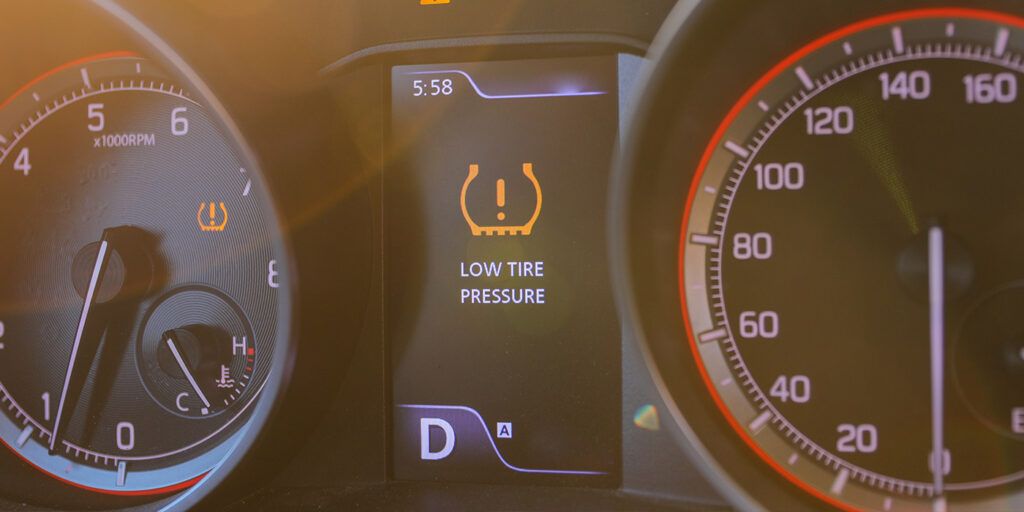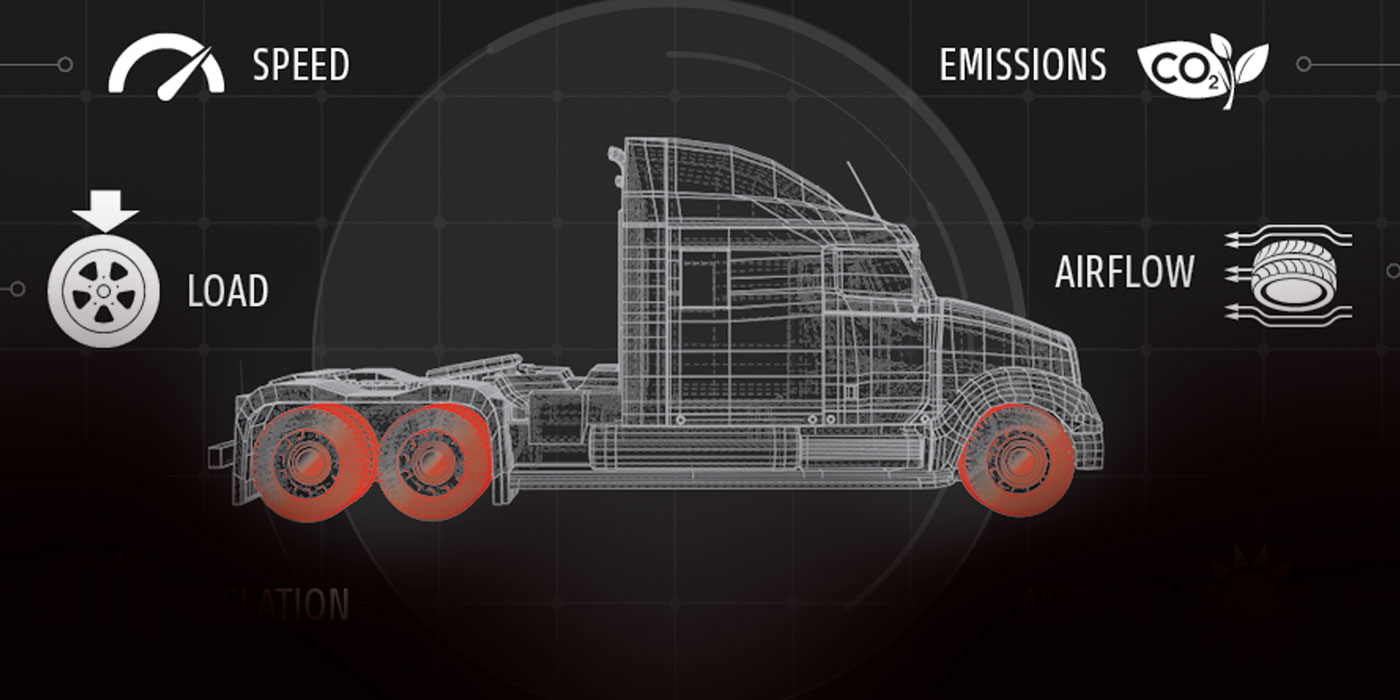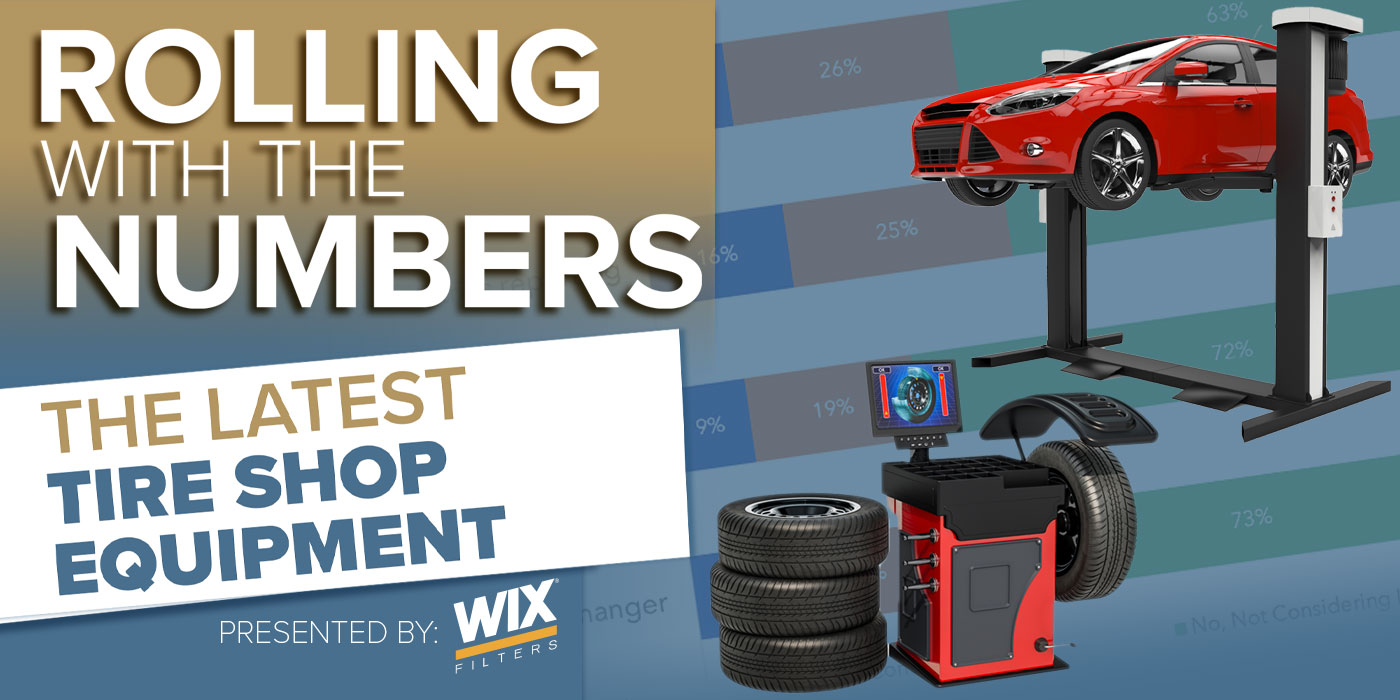Generally speaking, if a vehicle utilizes an OBD relearn, a relearn procedure is quite simple and easy to execute. Provided everything functions as it is intended, the tool really does most of the work for you. You simply walk around to each tire of the vehicle and activate each sensor with your TPMS tool. Every time the tool activates a sensor, it will keep that sensor ID in its memory. Once all four (or five) sensors are activated, you’ll then need the tool to transfer this list of sensor IDs and sensor location to the vehicle computer. Therefore, your last step is to connect the tool to the onboard diagnostic system (OBD).
MORE: Don’t Let the Causes of TPMS Corrosion Cost Your Customers
Where it can get a little tricky is when the vehicle manufacturer adds additional steps to the process.
- Some manufacturers will require the sensors to be activated a second time once the IDs are uploaded.
- Some will require the sensors to be activated a second time while the TPMS tool is connected to the OBD (requiring you to own a second TPMS tool).
Generally, this can all be handled if the relearn is executed exactly how the process is documented by the car manufacturer, however other elements need to be considered. Even though the location of each sensor is transmitted through the OBD, some vehicles will also include auto-location as part of their TPMS system.
Auto-location through a trigger system is particularly complicated; as an example, this can be found on the BMW X6 2008-2010. The vehicle transmits a trigger signal that activates the sensors in a specific sequence. The sensors then respond to the same sequence, confirming the location of each sensor.
The vehicle trigger system can transmit the signal either through a small antenna in each fender or by using the remote keyless entry (RKE). Either way, if the sensor doesn’t reply to the trigger signal within a certain timeframe, the vehicle can interpret that as a system fault and illuminate the malfunction indicator light.
It’s important for technicians to keep that in mind when troubleshooting a vehicle, as the sensor can work perfectly fine, but if the trigger system is defective, the sensor will not reply to a trigger signal that was not transmitted in the first place. If the sensors are not activating, be sure to check that the tool, trigger system, and the sensor are all functioning properly.
Furthermore, in some cases, wheel positioning might cause some issues where triggers in the fenders are transmitting a signal. If the sensor is too far away from the trigger (ie: aftermarket wheels with large offset) it will never capture the signal. So, signal reach becomes an additional factor when attempting to relearn a vehicle with a trigger system.
Jacki Lutz is the Global Head of Communications, Training and E-Commerce for Schrader TPMS Solutions, a global leader in TPMS. She is a TIA ATS instructor and serves on a variety of industry boards.













